
Number of species in the collection: 8.
Pictures of Nostocophyceae:
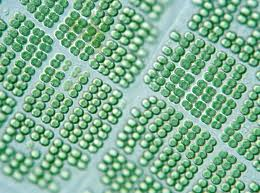
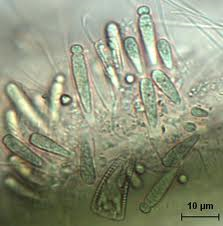




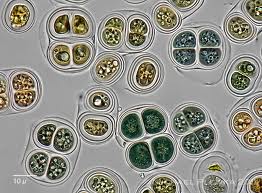

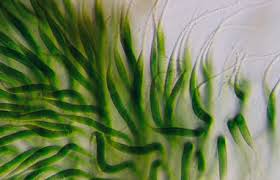
Characteristics of Nostocophyceae:
The class Nostocophyceae (named after the type genus Nostoc and the suffix phyceae, which means algae) is an abundant group of cyanobacteria that inhabit virtually all ecosystems. They possess the photosynthetic machinery gathered in thylakoids (protrusions into the cytoplasm of the cell membrane) and the capacity to produce cellular differentiation, characteristics that differentiate them from other classes of cyanobacteria. Generally, their cells form filamentous aggregates or colonies of filaments, which can produce heterocysts (thickened cells capable of fixing atmospheric nitrogen) and akinetes (thickened cells that serve as resistance propagules). Filaments can be falsely branched, when a filament breaks and the cell from the break continues to grow, forming another filament in a different direction, or truly branched, when a cell changes the division plane and gives rise to two different filaments (two branches). Multiplication usually occurs by filament fragmentation.
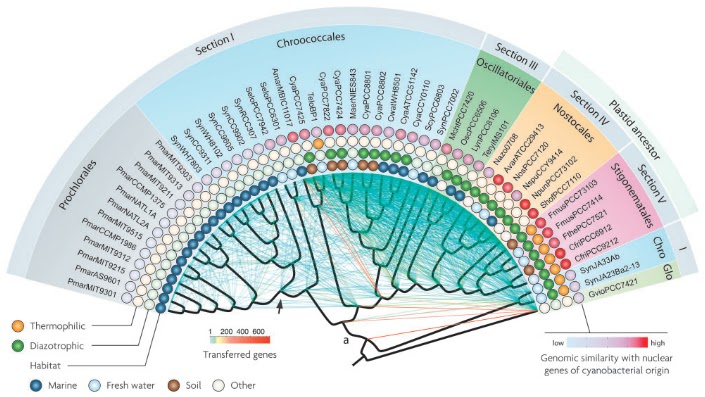
Clase: Nostocophyceae